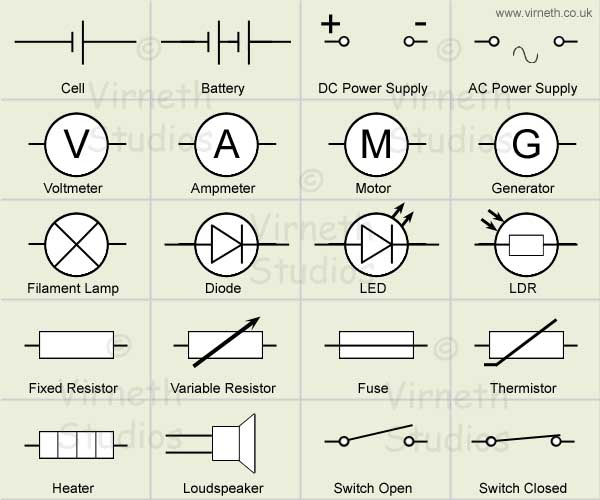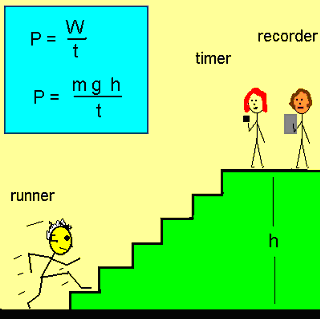Potential Dividers
The potential divider is at its simplest two series resistors connected to a battery and the voltage is measured between the negative terminal and a point between the two resistors.
You can treat this circuit as two resistors in series, working out the total resistance, the current, then working out the voltage across R2. However you can use the potential divider equation:
You don't have to have fixed value resistors. Variable resistors and components like thermistors and light dependent resistors are put into potential divider circuits. You can use a piece of resistance wire between to fixed points and move a slider to any point between them.
by aymeric






